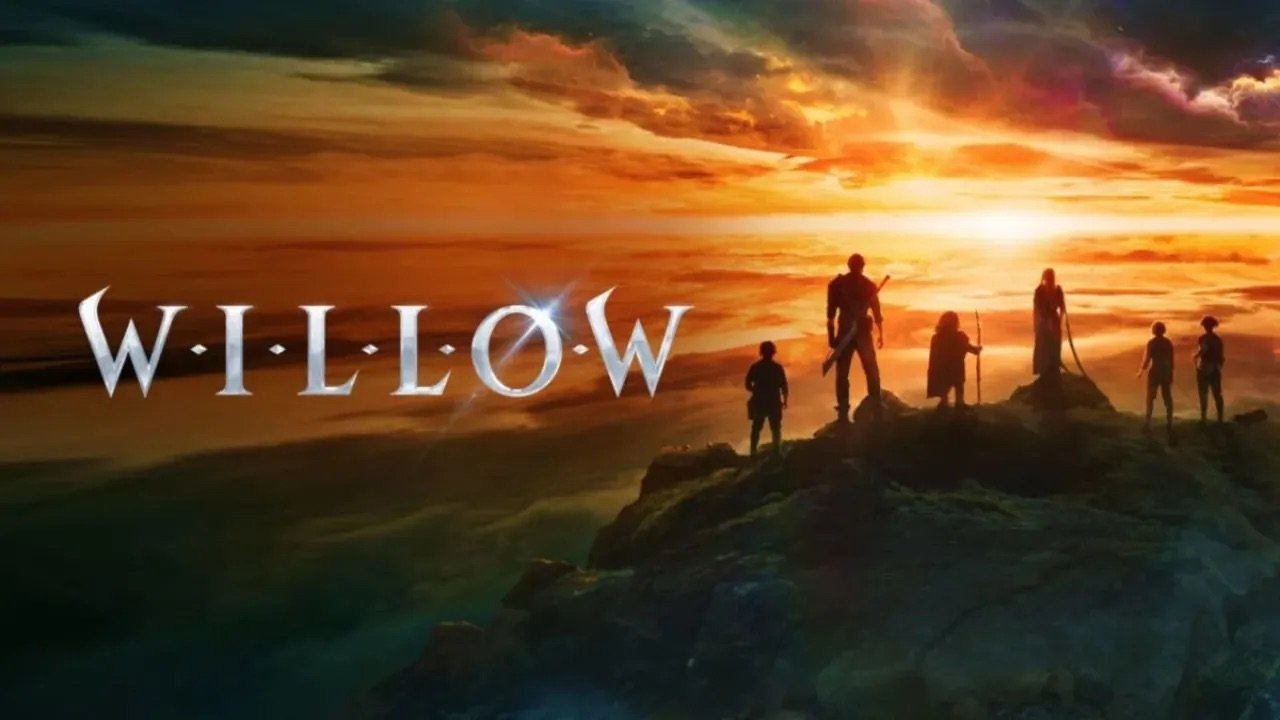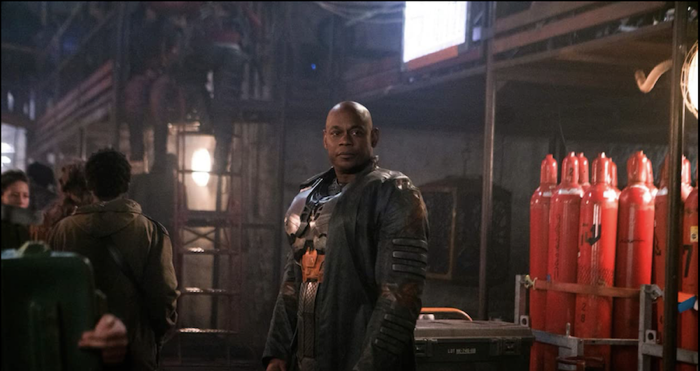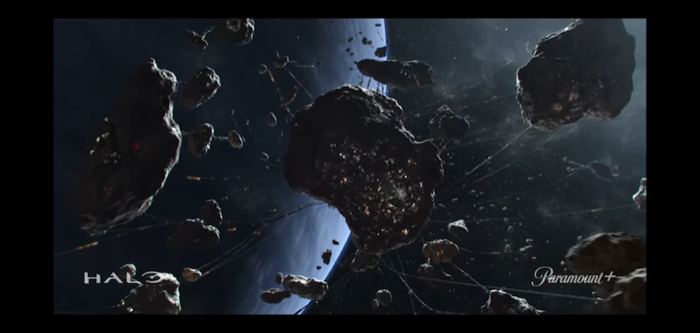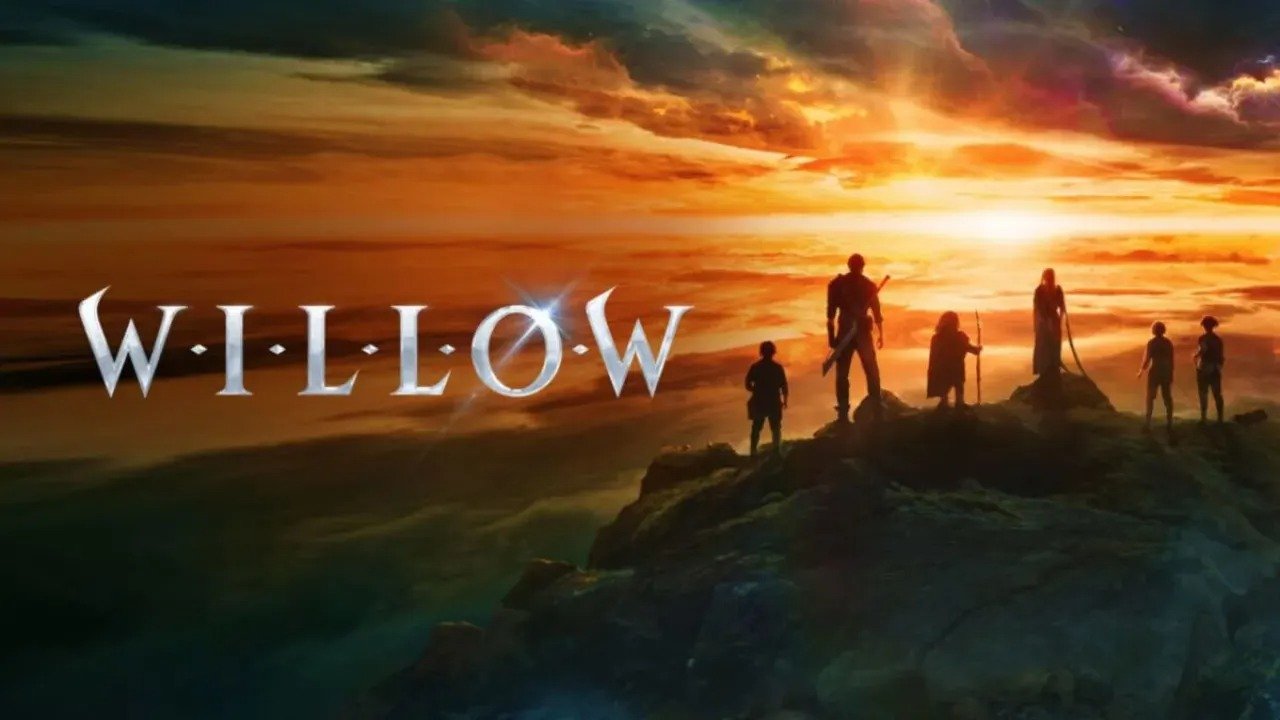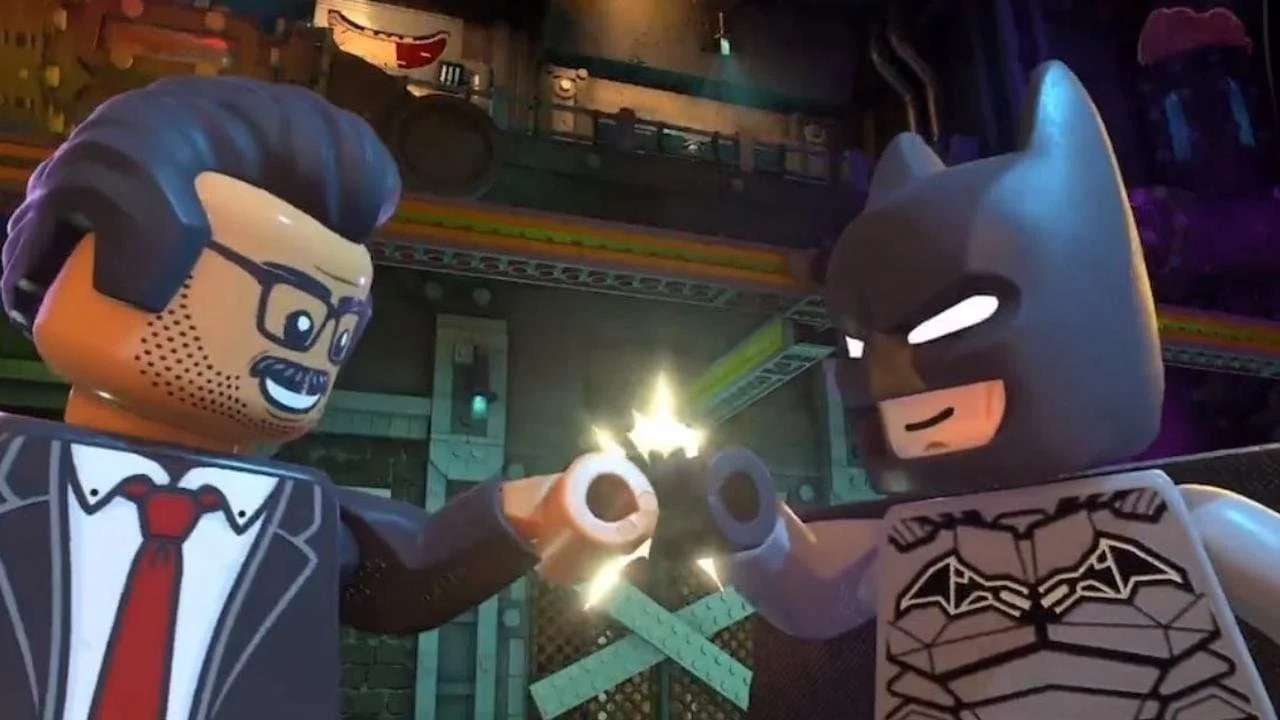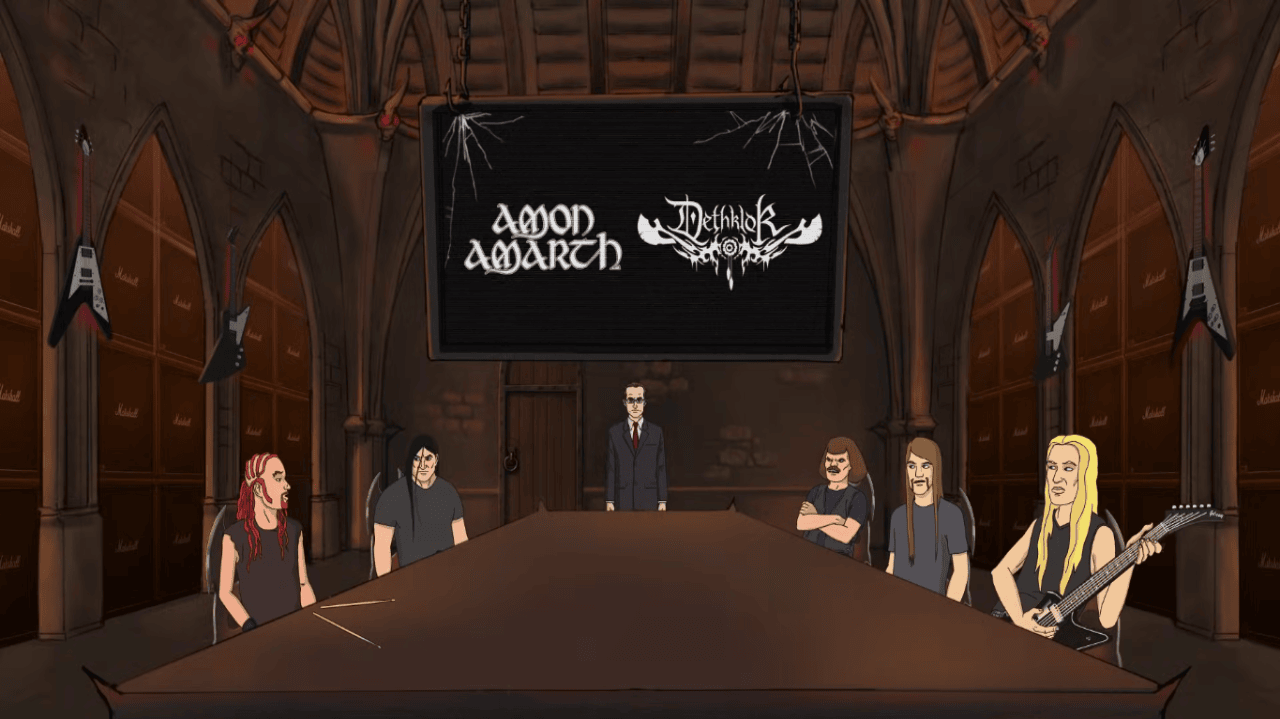Halo: Episode 2: Unbound Review
Image Source: IMDb
There’s one thing that definitively sets Halo apart from the game, and that’s storytelling. The game is action-packed, running and gunning from one objective to the next, telling the story as the player goes along. The show, as it should be, is different. Character choice in response to events moves the story along. In film media, constant gunplay is not an effective mover of the story. The second episode furthers that process with the show’s focus on Chief’s discovery, and it takes a well-known franchise and continues to tell a compelling story with its loved protagonist.
Chief’s flight from the UNSC takes viewers to Rubble, an asteroid city that gives off Libertalia vibes, with Chief’s contact there talking about how it’s a home for anyone wanting to be free without rules or laws (just ignore the jails of prisoners, or functioning infrastructure). John’s contact here is Soren, Spartan 066, introduced at the beginning of the episode in a flashback for Chief. Young Soren isn’t buying the story the UNSC is selling, he leaves, and he wants young John to come with him. Back in the present, it then makes sense that Chief goes to Rubble, especially after the flashback and his recent visions of a childhood, one that doesn’t involve the UNSC and one he doesn’t remember. Who better to talk to about what he’s going through than someone close to him who had questioned it all along?
RELATED:
Soren - Spartan 066: Image Source: IMDb
It also deepens the mystery around the show’s not-so-mysterious-if-you’re-a-fan mysteries. The first involves the human among the Covenant. It’s revealed to her and the Prophets that the Demon (Chief to the Covenant) took the artifact they were after on Madrigal. She serves as the means to convey that the artifact is considered something holy to the Covenant. It’s important to note here that this is where the show is keeping the nature of this artifact a mystery. The Halo franchise, in games, is over two decades old, and it’s well known by now that the Covenant revere the technology left behind by the race known as the Forerunners. They seek a device they refer to as Halo that is supposed to usher their faithful on the “Great Journey.” It’s the foundation of their entire faith and multi-species alliance. The showrunners have to do this for the non-gamers watching. It may be hard to believe, but some people have not played Halo.
That’s one. The other is Chief. In episode one, the show diverges from the game and ties the recognizable Halo elements into a story about the human element of Chief’s story and throws it into the mix of the war with the Covenant. In the game and books, Chief’s childhood doesn’t really take center stage as it does in the show. A new element as well further separates it from the games’ narratives in that Chief is a direct descendent of the Forerunners, allowing him to activate Forerunner tech. The lore of Halo is deep and complex, and humans all together are suggested to be descendants of the Forerunners. The show takes this and makes it a distinctive attribute of certain humans, those being Chief and, after Reth, a prisoner on the Rubble, reveals Makee, the human with the Covenant, is the other when he mentions “the one they (the Covenant) have” during his manic rambling. It’s making for a compelling story about Chief and his role in all this.
The Rubble. Image Source: Reddit
These mysteries help the show get its own footing in the shadow of a widely popular franchise that’s existed for a generation. Video game adaptations are historically difficult and fraught with poorly received attempts to transition a game into the film format. The recently successful installments of the Sonic the Hedgehog, Uncharted, and Pokemon franchises, and the Mortal Kombat reboot deserves a mention as well, suggest it’s not impossible, but they don’t try to carbon copy the games they're based on. They succeed because they acknowledge their roots while also trying to tell an engaging story.
However, one thing mars the show, and again, it’s Kwan Ha. Her continued presence, and vicariously the continued attention given to Madrigal, her planet, makes one question why? Why is she there? She does not do much but tag along with Master Chief. Granted, she is part of the reason he runs from the UNSC, but the real reason Chief ran was his sudden questions about who he is after touching the artifact. It muddles the apparent narrative. Is the show exploring two narratives? One following Master Chief, his apparent Forerunner DNA, and the fight against the Covenant, which is the core of the Halo plot. The other is the colonial independence movement against the UNSC, which is clearly being portrayed as fascist but also the only thing humans have to fight against the Covenant. The shadiness of the UNSC’s actions is a link between the two, but the two narratives conflict with each other and split the attention from what should be the show’s main focus: Chief.
Nevertheless, episode two, while it stumbles in some areas, continues to tell a story that honors what makes Halo a beloved franchise while telling its own story. I hope the Kwan Ha element becomes clearer as to its inclusion, but the signs are not pointing that way. Halo’s first season is available to stream on Paramount+.
Rating: 8/10
READ NEXT:
Source(s): Paramount+


